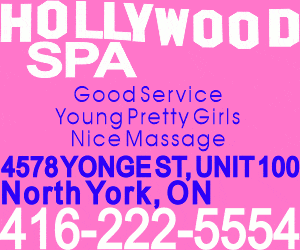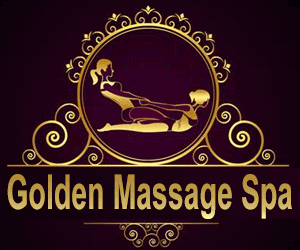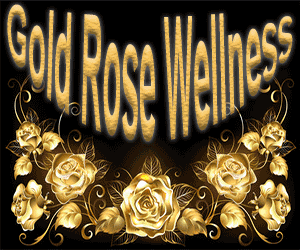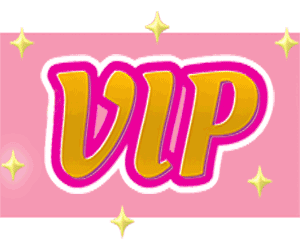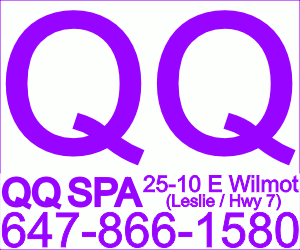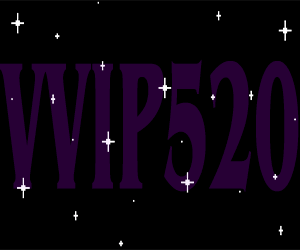Documentation is the process of collecting, confirming, and recording information. Systematic collection and review of previously recorded client information helps practitioners evaluate past treatment decisions, which sharpens the practitioner’s critical thinking skills. Treatment modifications are made according to the client’s response if previous actions did not meet client expectations.
One popular method of documentation is F-DAR or focus charting. F-DAR is a problem-oriented approach and focuses on a client’s specific treatment goal, subjective and objective data, actions taken to address the goal, and the client’s response. F-DAR is designed to be used in private practice settings, spa settings, and clinical settings where client records may be used by service providers from different disciplines (nursing, occupational therapy, dietary, etc.). Focus notes are intentionally brief, which makes them easy to read and write, which saves time.
F-DAR stands for:
Information is organized into three columns.
The first column or left column contains the date and the times of pre- and post-massage assessments.
The second column or middle column contains the client focus or purpose of the session.
The third column or right column contains the progress notes which include the pre-massage assessments (subjective and objective data), actions performed by the practitioner, and the client’s response or post-massage assessments. Draw a line from the end of handwritten note to the end of the blank space, and insert your initials at the end of line in the response section. This line will fill blank spaces and prevent later alterations or additions made to the client’s chart. Pain or stress scales can be inserted into the progress note section.

View this video to learn more (it’s for nurses, but very applicable to other professions).
Picture Credits:

 www.mblexguide.com
www.mblexguide.com
Reference:
Salvo, Susan G. (2019). Massage Therapy Principles and Practice (6th Edition). St. Louis, Missouri: Elsevier
 Dr. Susan Salvo is a massage practitioner, author, educator, researcher, explorer, and perpetual student. To learn more, check out the “About Susan” tab. You can contact Susan at susansalvo@hotmail.com.
Dr. Susan Salvo is a massage practitioner, author, educator, researcher, explorer, and perpetual student. To learn more, check out the “About Susan” tab. You can contact Susan at susansalvo@hotmail.com.
Share this:
Like this:
Like Loading...
Related
One popular method of documentation is F-DAR or focus charting. F-DAR is a problem-oriented approach and focuses on a client’s specific treatment goal, subjective and objective data, actions taken to address the goal, and the client’s response. F-DAR is designed to be used in private practice settings, spa settings, and clinical settings where client records may be used by service providers from different disciplines (nursing, occupational therapy, dietary, etc.). Focus notes are intentionally brief, which makes them easy to read and write, which saves time.
F-DAR stands for:
- F: Focus. Record the reason for seeking massage or treatment goals.
- D: Data. Record subjective and objective data gathered to conduct pre-massage assessments.
- A: Action. Record the action taken to address the client’s treatment goals or session summary. This can include home care and referrals, or these can be recorded as a separate entry.
- R: Response. Record how the client responded to the action performed by the practitioner or the post-massage assessments.
Information is organized into three columns.
The first column or left column contains the date and the times of pre- and post-massage assessments.
The second column or middle column contains the client focus or purpose of the session.
The third column or right column contains the progress notes which include the pre-massage assessments (subjective and objective data), actions performed by the practitioner, and the client’s response or post-massage assessments. Draw a line from the end of handwritten note to the end of the blank space, and insert your initials at the end of line in the response section. This line will fill blank spaces and prevent later alterations or additions made to the client’s chart. Pain or stress scales can be inserted into the progress note section.

View this video to learn more (it’s for nurses, but very applicable to other professions).
Picture Credits:

How To Build Rapport as a Massage Therapist - MBLExGuide
This post explores what rapport is, and why it is important for massage therapists. Rapport is a communication skill that will help you attract more clients and build a stronger therapeutic relationship. Rapport building techniques include active listening, finding common ground,...
Reference:
Salvo, Susan G. (2019). Massage Therapy Principles and Practice (6th Edition). St. Louis, Missouri: Elsevier

Share this:
Like this:
Like Loading...
Related




























